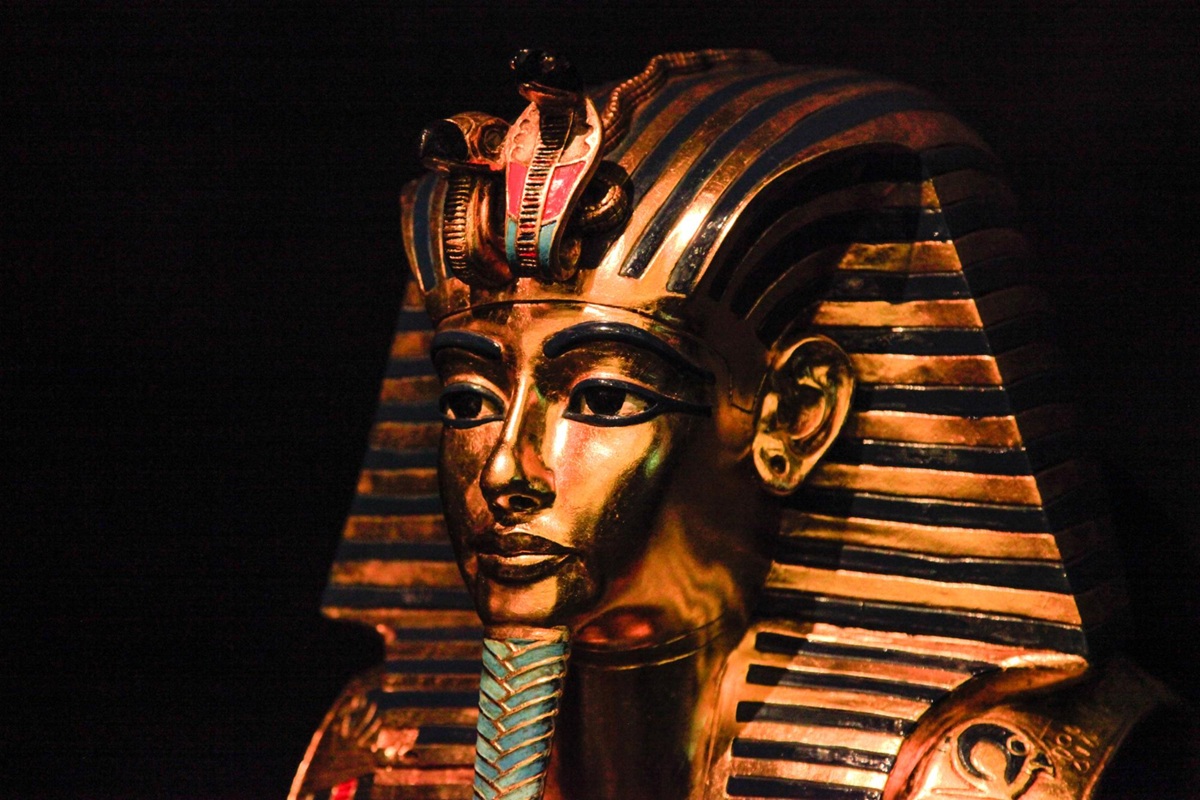Off the coast of Israel and southern France, divers have discovered ingots of tin once transported by ancient ships. For years, archaeologists have sought to uncover the mystery of their origin. A recent study published in the journal Antiquity finally provides answers.
A Rare and Essential Metal
By analyzing the chemical composition of these ingots, researchers traced their origin back to ancient mines in Cornwall and Devon in southwestern England. This marks the first solid scientific evidence that tin extracted from these regions was exported on a large scale to civilizations such as Egypt and Mycenaean Greece. “This trade likely represents the first large-scale export in Britain’s history,” says Benjamin Roberts, an archaeologist at Durham University. “The volume and regularity of these exchanges suggest a commercial network far more developed than previously imagined for the Bronze Age.”
Tin, a silver-colored metal primarily used to create bronze, was crucial for ancient civilizations. When mixed with about 10% copper, it produced a strong alloy used to make tools, weapons, and ornaments. While copper was abundant across Eurasia, tin was a rare resource in the Mediterranean region, where bronze culture flourished.
Between 1300 BCE and the late Bronze Age, bronze saw massive spread in these regions. However, with no significant deposits of tin in Egypt, Anatolia, or the Levant, Mediterranean civilizations had to look to remote sources for this vital metal.
Irrefutable Chemical Evidence
Until now, several theories had proposed possible sources in Central Asia, the Iberian Peninsula, or Central Europe, but none was backed by direct evidence. The study conducted by researchers from Durham and their European partners changes this narrative. By comparing the lead and tin isotopic signatures in ores, artifacts, and ingots, they were able to link these submerged metals to British soil.
The research team employed advanced chemical analysis techniques to compare tin samples from ingots, artifacts, and ores. The results revealed a match between tin extracted in Cornwall and Devon and ingots found in shipwrecks off the coast of Israel and southern France.
Additionally, stone tools discovered at a site in Cornwall exhibit traces of tin processing dating back to this period. These findings constitute the first known evidence of large-scale tin exploitation and trade in Europe. “This shows that around 3,300 years ago, small farming communities in Cornwall and Devon were exporting their tin to the thriving kingdoms of the Eastern Mediterranean, over 4,000 kilometers away,” explains Roberts.
An Ancient Trade Connecting the World
These discoveries challenge the notion that the great civilizations of the Eastern Mediterranean developed in isolation. The tin trade indicates the existence of a complex and interconnected commercial network. At that time, it seems unlikely that Britain played a key role in this network, as it lacked cities, palaces, or even writing. However, these modest farming communities possessed invaluable geological wealth.
The tin deposits of Cornwall and Devon, among the richest and most accessible in the world, were easy to extract with rudimentary tools. The tin extracted from alluvial beds was then transported either by pack animals or by boat, traversing present-day France, Sardinia, and Cyprus, before reaching Mediterranean ports. Along the way, this metal became an extremely valuable resource.
According to the study, “Tens, if not hundreds, of tons of tin were exchanged every year across a pan-European network” long before written language emerged.
A Mysterious Island and an Overlooked Trade
Another clue to this ancient trade can be found in the writings of Pytheas, a Greek explorer who visited Britain around 320 BCE. He mentions an island called “Ictis,” accessible at low tide, where tin was extracted and exported. Although the original work has been lost, fragments of his writings have been preserved by other authors. Researchers now believe this island could be Mont Saint-Michel in Cornwall, located near former mining areas. Ongoing excavations on this island might confirm this hypothesis and reveal more about this forgotten trade network.
The tin trade did not cease with the Bronze Age. During the Middle Ages, the mines of Cornwall and Devon held a near-monopoly on Europe’s tin supply. Today, with the growing demand for essential materials for electronics and green technologies, these ancient mines are experiencing a renaissance.
Researchers note that “tin has once again become a strategic ore, indispensable to modern industry.” Tin production in Cornwall is poised to resume, reconnecting with a 4,000-year-old industrial tradition. Moreover, extreme drought precipitated the decline of Roman defenses in Britain.
I’m a disabled, xennial Christ-follower, slightly off kilter (but aren’t all “ar-teeests”?).
Hope you enjoy my rantings, don’t take my sarcasm too seriously and know that comments are welcome. 🙂


Leave a Reply